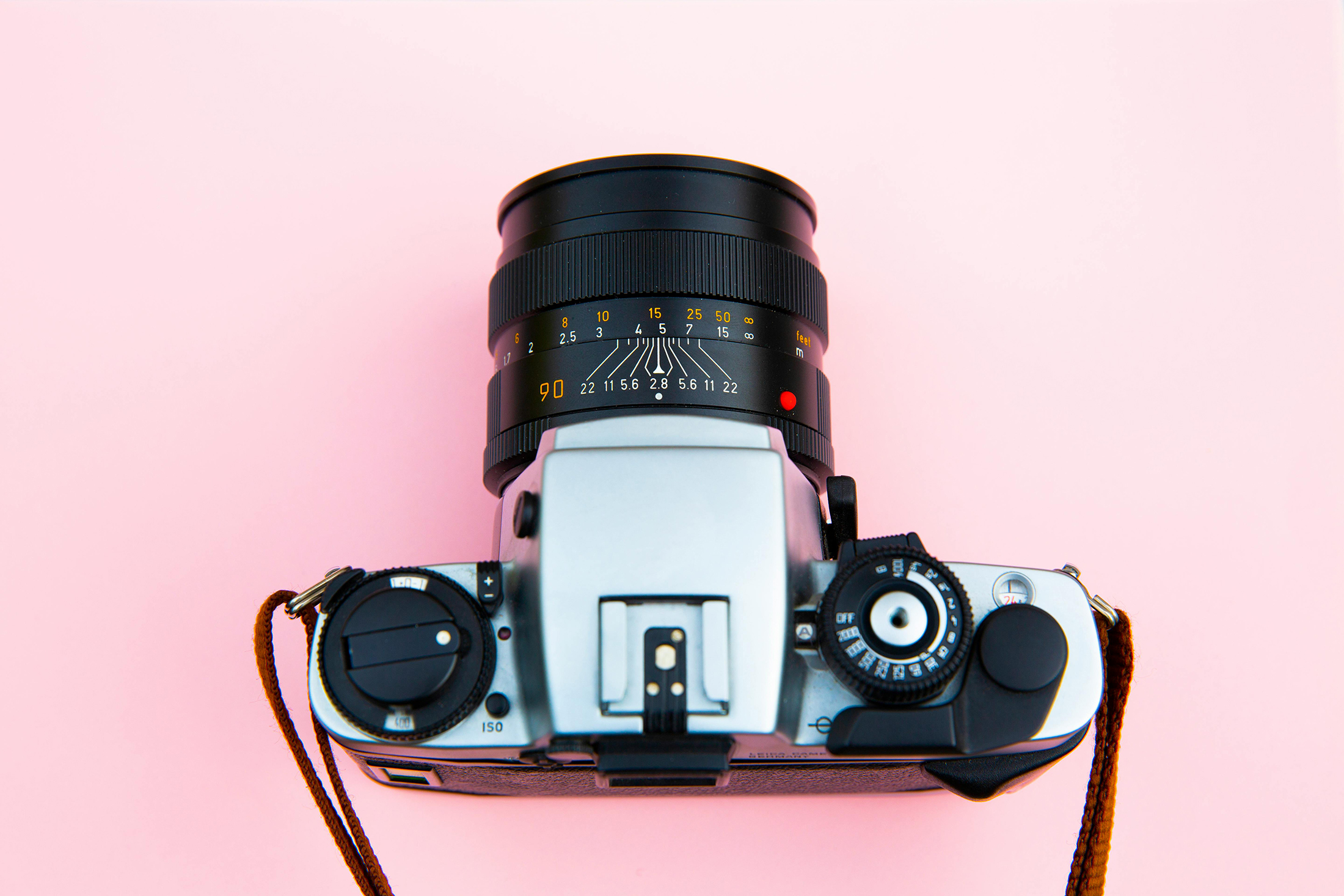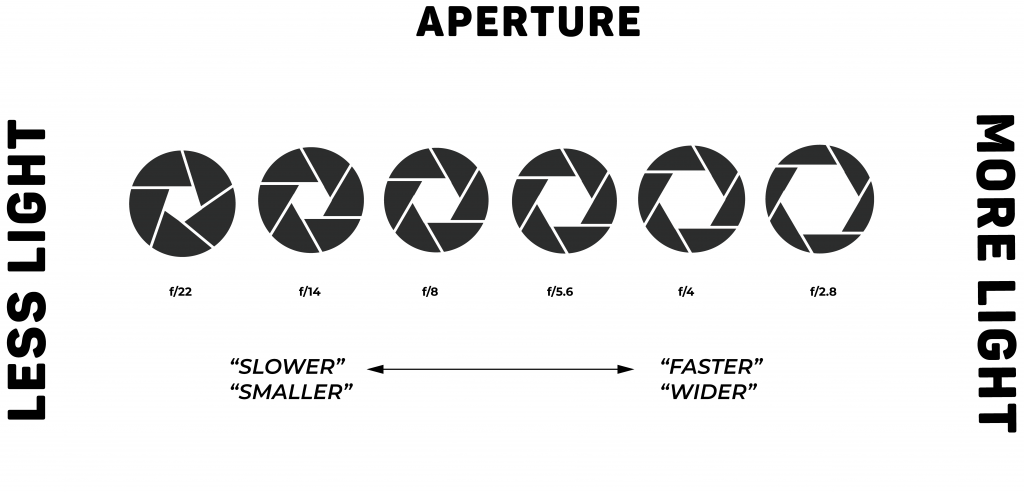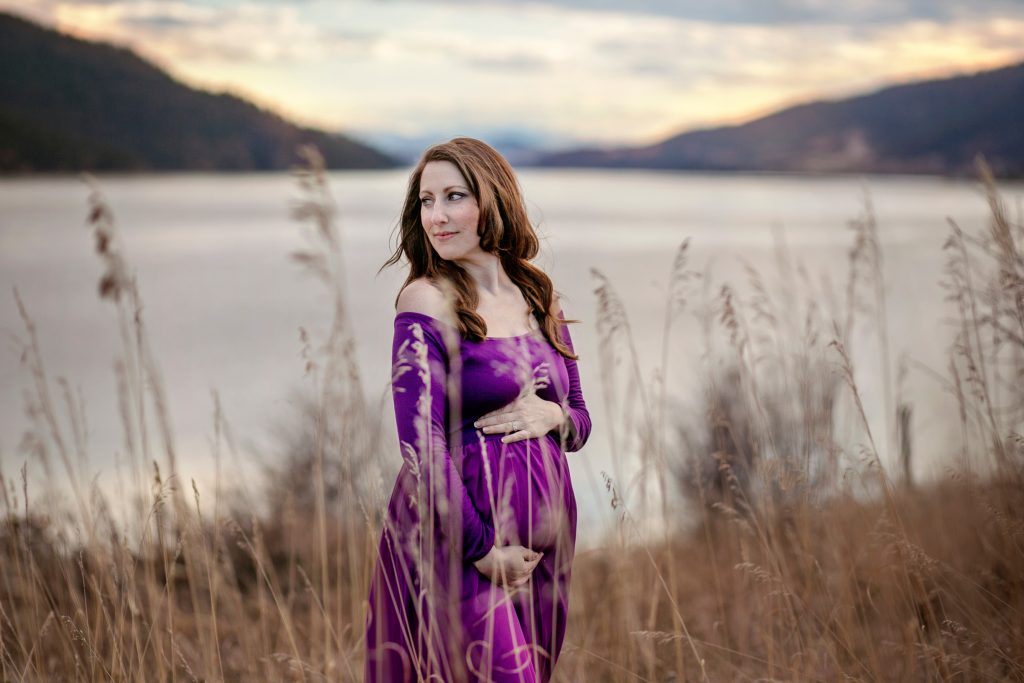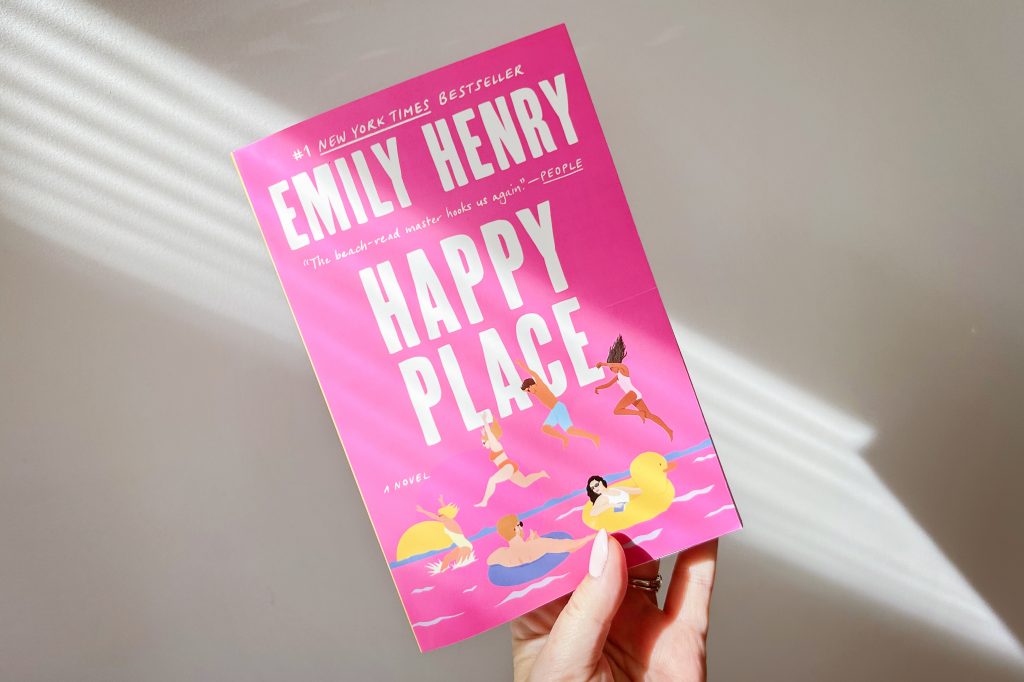
Aperture Unveiled: A Deep Dive into the Heart of Your Camera
Aperture – it’s more than just a term in photography; it’s a key element that can transform your images and elevate your skills. In this guide, we will unravel the mysteries of aperture, helping you understand what it is, how it works, and how it will transform your photos.
First things first- you won’t be able to do this with your stock lens. If you’re shooting with Canon, I recommend the 50mm 1.8. It’s a great starter portrait lens and for the price, you can’t beat it when learning.
What is Aperture?
Aperture refers to the opening in the lens through which light passes to enter the camera. It’s like the pupil of the eye, adjusting its size to control the amount of light that reaches the camera’s sensor. Aperture is measured in f-stops, represented by numbers such as f/1.4, f/2.8, f/5.6, and so on.
Understanding Aperture Values:
The f-stop values might seem a bit perplexing at first, but they follow a logical sequence. A lower f-stop number, like f/1.4, indicates a larger aperture opening, allowing more light to hit the sensor. On the other hand, a higher f-stop number, like f/16, means a smaller aperture, letting in less light.

Aperture is a powerful tool that can significantly impact the visual storytelling in your photographs.
Effects of Aperture on Depth of Field
One of the most significant impacts of aperture is its influence on the depth of field (DOF). Depth of field refers to the range of distance in a photo that appears acceptably sharp. A wide aperture (lower f-stop) results in a shallow depth of field, perfect for portraits or isolating a subject from the background. In contrast, a narrow aperture (higher f-stop) increases the depth of field, ideal for capturing landscapes with sharp foreground and background details.


Controlling Exposure with Aperture:
Aperture plays a vital role in controlling the exposure of your images. In low-light situations, a wider aperture allows more light, preventing your photos from being underexposed. Conversely, in bright conditions, a smaller aperture helps avoid overexposure by limiting the amount of light hitting the sensor-however your photo will result in a wider depth of field.
Creativity Unleashed
Aperture isn’t just a technical aspect; it’s a creative tool in your photographic arsenal. Experimenting with different aperture settings enables you to play with the artistic elements of your photos. Achieve beautiful bokeh (blurred background) with a wide aperture for a dreamy effect, or capture the entire scene in sharp focus with a narrow aperture.
Tips for Practical Application:
- Portrait Photography: Use a wide aperture (low f-stop like f/1.4 or f/2.8) for a creamy background bokeh that highlights your subject.
- Landscape Photography: Opt for a narrow aperture (higher f-stop like f/8 or f/11) to ensure sharpness throughout the expansive scene.
- Low-Light Conditions: In dim lighting, open up the aperture (low f-stop) to allow more light, reducing the need for high ISO settings and preventing excessive noise in your photos.
- Experiment and Learn: Take the time to experiment with different aperture settings in various shooting conditions. Review your images to understand how aperture affects the overall look and feel of your photos.

Aperture is a powerful tool that can significantly impact the visual storytelling in your photographs. Understanding how to leverage aperture allows you to take creative control of your images, transforming them from snapshots into visually compelling works of art. So, open up that aperture, explore its potential, and watch your photography skills reach new heights!




5 Comments
Lucid Themes
October 25, 2023 at 3:38 pm
Lorem ipsum dolor sit amet, consectetur adipiscing elit. Donec tempus tortor et facilisis lobortis. Donec auctor aliquam libero nec ullamcorper. In hac habitasse platea dictumst. Nullam nec eros scelerisque, auctor mauris at, vehicula mauris. Sed ac mollis magna, in tempus eros. Duis et nibh in sapien finibus posuere at ut libero.
Lucid Themes
October 25, 2023 at 3:38 pm
Lorem ipsum dolor sit amet, consectetur adipiscing elit. Donec tempus tortor et facilisis lobortis. Donec auctor aliquam libero nec ullamcorper. In hac habitasse platea dictumst. Nullam nec eros scelerisque, auctor mauris at, vehicula mauris. Sed ac mollis magna, in tempus eros. Duis et nibh in sapien finibus posuere at ut libero.
Lucid Themes
October 25, 2023 at 3:39 pm
Lorem ipsum dolor sit amet, consectetur adipiscing elit. Donec tempus tortor et facilisis lobortis. Donec auctor aliquam libero nec ullamcorper. In hac habitasse platea dictumst. Nullam nec eros scelerisque, auctor mauris at, vehicula mauris. Sed ac mollis magna, in tempus eros. Duis et nibh in sapien finibus posuere at ut libero.
Lucid Themes
October 25, 2023 at 3:39 pm
Lorem ipsum dolor sit amet, consectetur adipiscing elit. Donec tempus tortor et facilisis lobortis. Donec auctor aliquam libero nec ullamcorper. In hac habitasse platea dictumst. Nullam nec eros scelerisque, auctor mauris at, vehicula mauris. Sed ac mollis magna, in tempus eros. Duis et nibh in sapien finibus posuere at ut libero.
Lucid Themes
October 25, 2023 at 3:39 pm
Lorem ipsum dolor sit amet, consectetur adipiscing elit. Donec tempus tortor et facilisis lobortis. Donec auctor aliquam libero nec ullamcorper. In hac habitasse platea dictumst. Nullam nec eros scelerisque, auctor mauris at, vehicula mauris. Sed ac mollis magna, in tempus eros. Duis et nibh in sapien finibus posuere at ut liber.